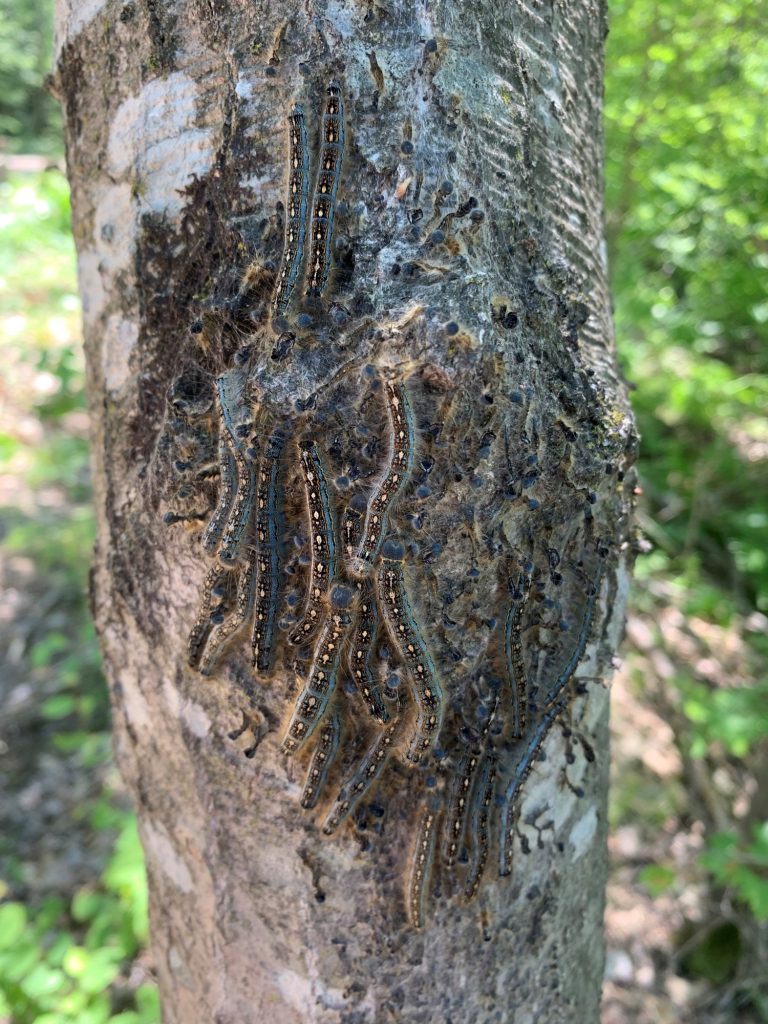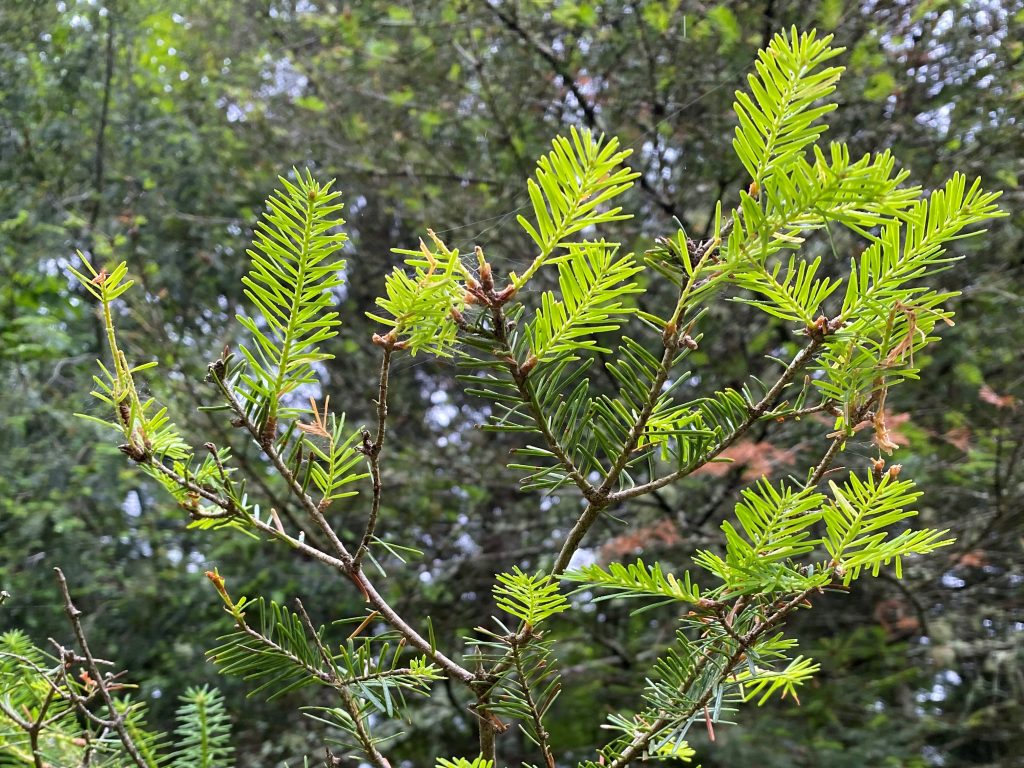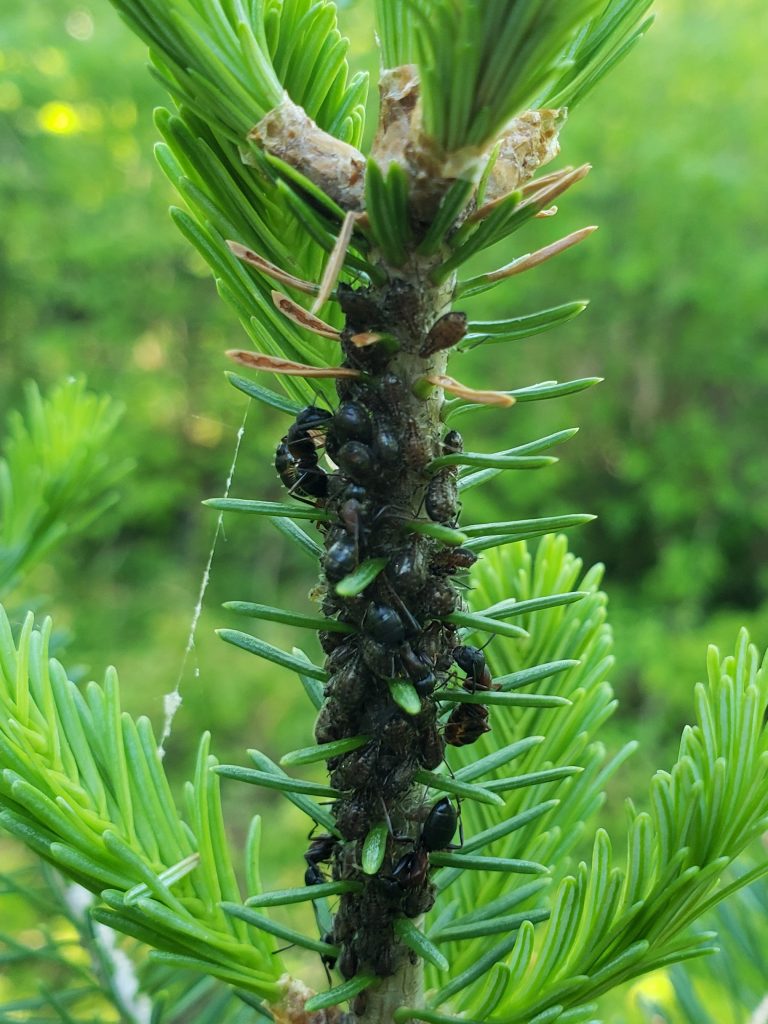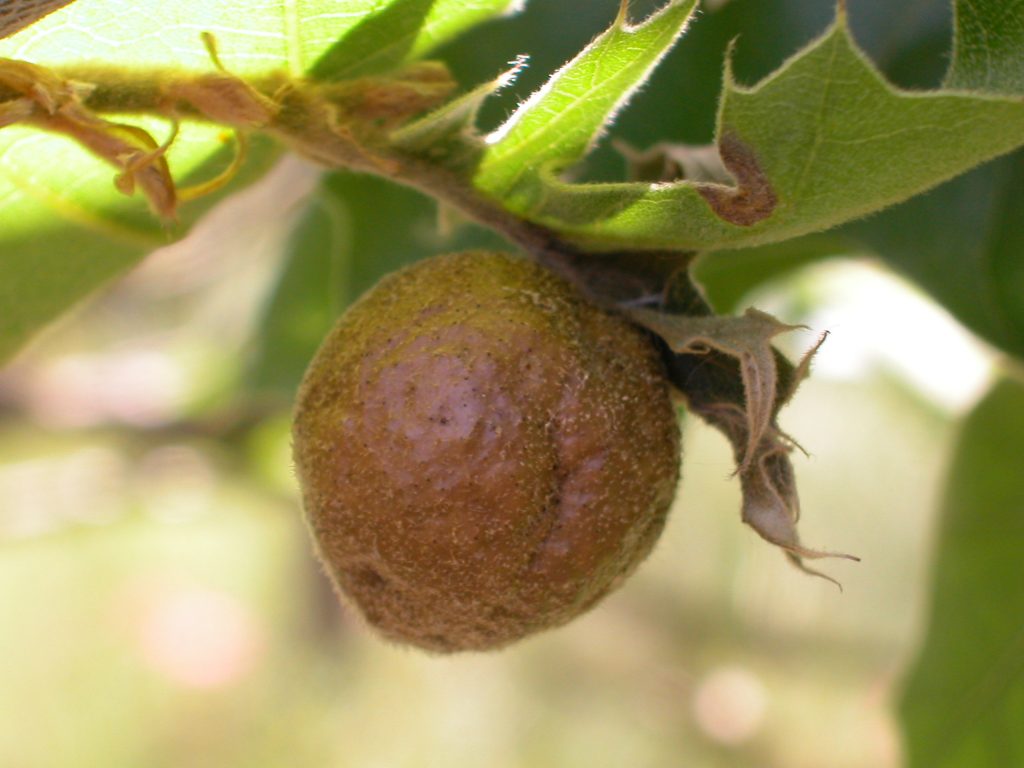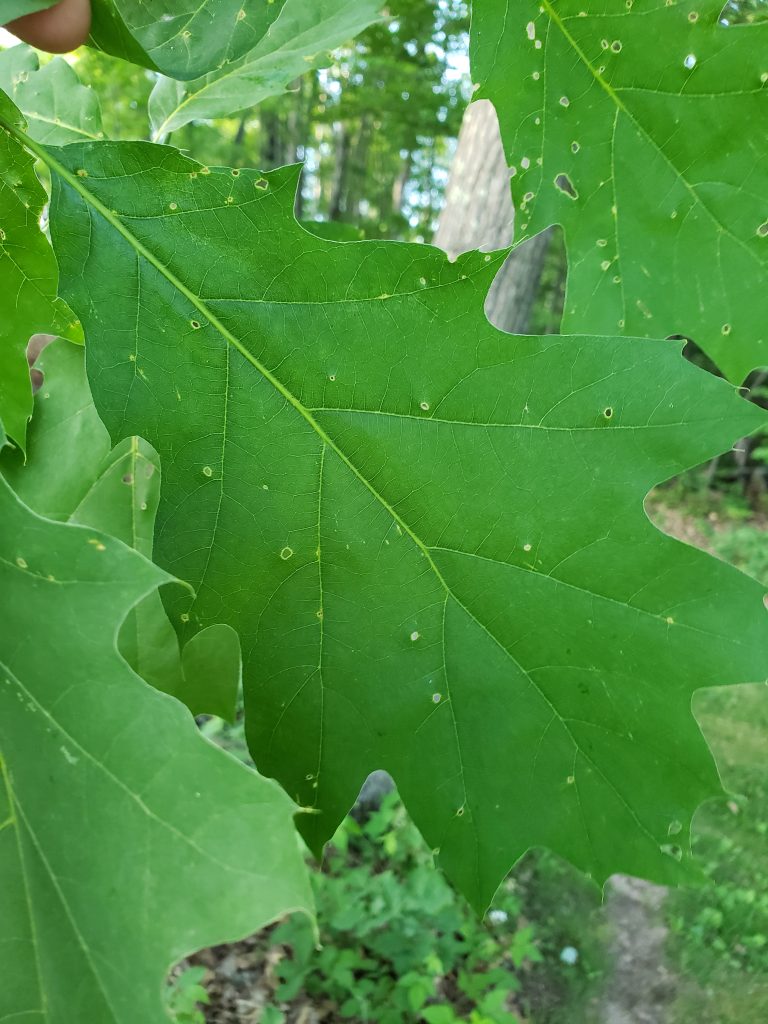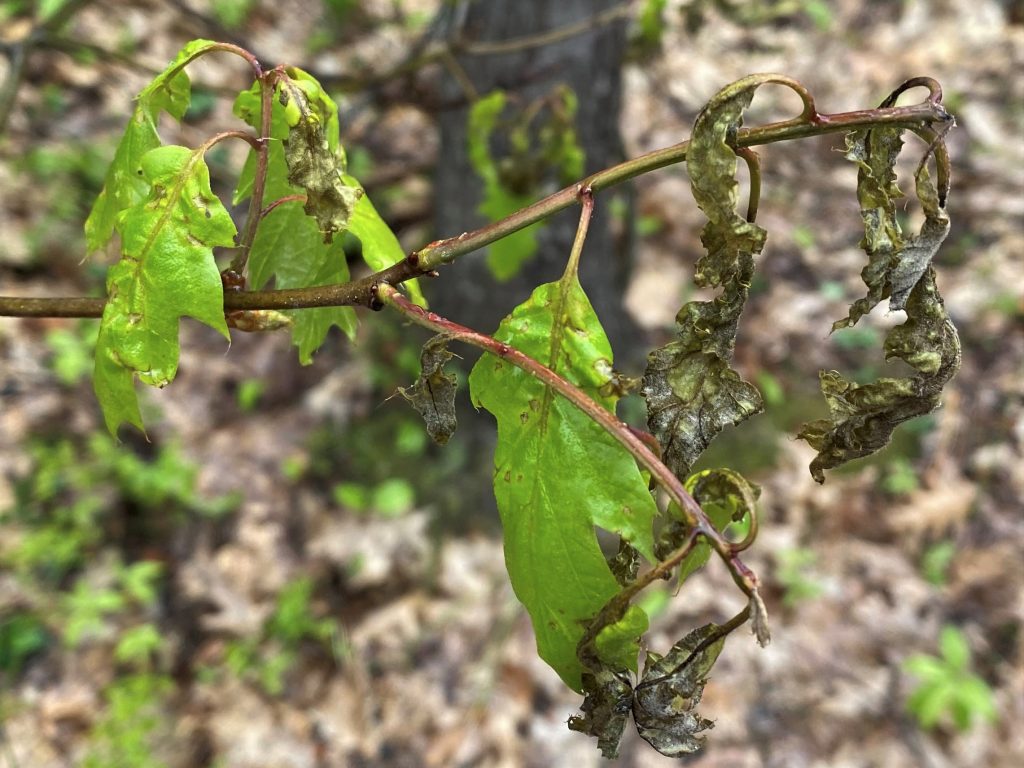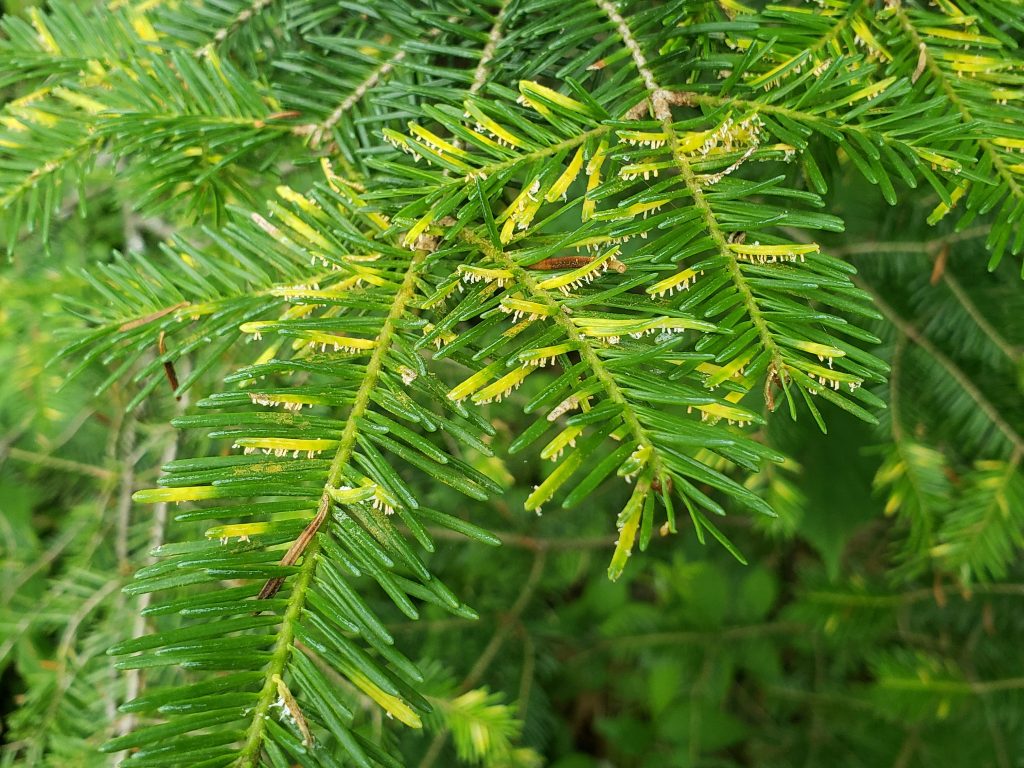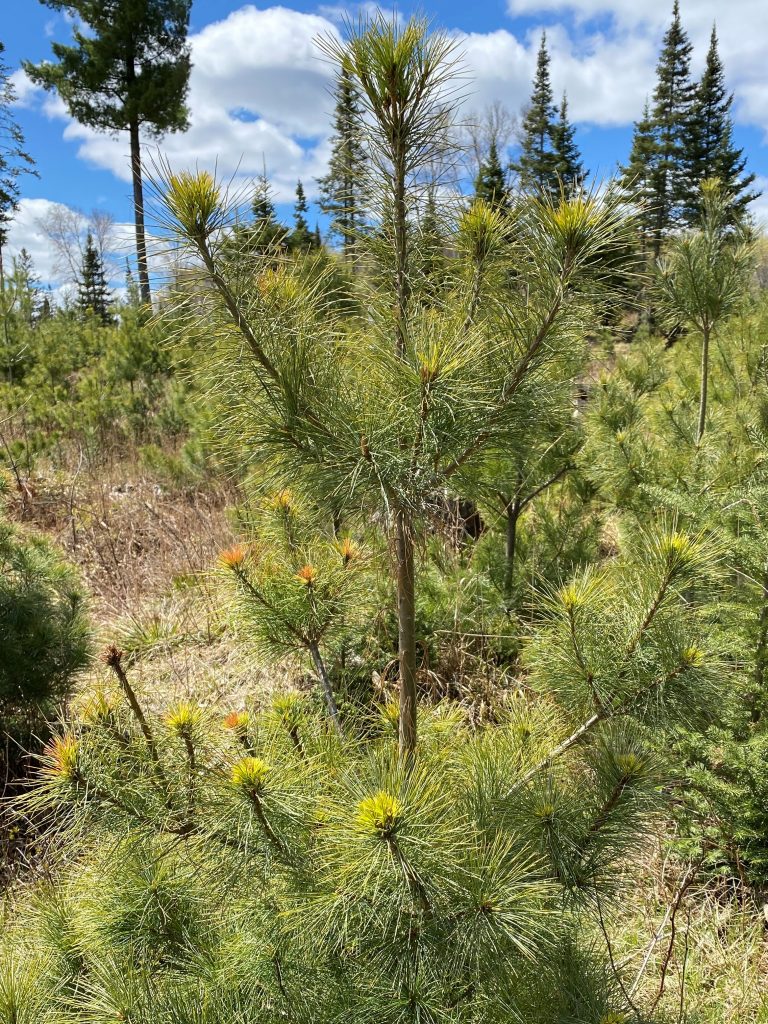Proper tree planting requires a lot of decision-making. One of those decisions is which species and age are the most appropriate and cost-effective to plant. The Wisconsin Reforestation Program would like to take some of the unknowns out of that process by giving landowners and property managers an early peek at what we anticipate having available in fall 2021 for planting in spring 2022.
This list is preliminary, as some species may be added or subtracted depending on health, growth and other factors as the growing season progresses. Tree and shrub seedlings will be available to purchase on the first Monday of October (Oct. 4, 2021). Even with the expected high demand, we anticipate having various species and ages available to all customers.
The quantity designations are relative to a particular species based on historical sales and projected demand. For example, typically white pine 3-0 sales are about 250,000 seedlings. In 2022, the available quantity, due to several factors, including increased demand in 2021 for 2-year-old seedlings and a lower than anticipated seed germination in 2020, is approximately 75% of the anticipated need. Hence the quantity will be referred to as “limited.” In contrast, our balsam fir had an above-average germination, are growing great and the inventory is above the projected sales, hence an “adequate” quantity designation.
Continue reading “Preliminary Seedling Availability: Spring 2022”

